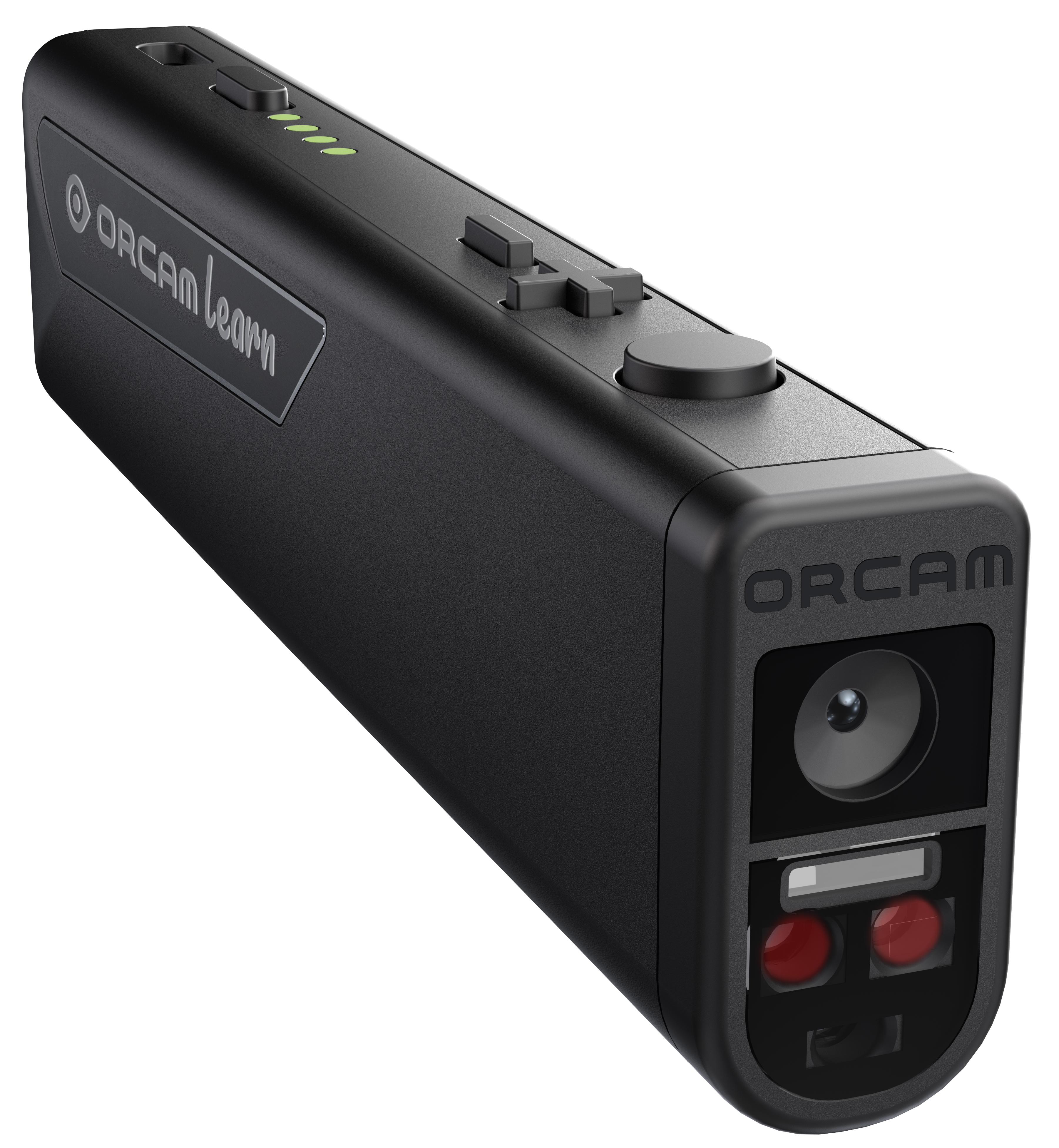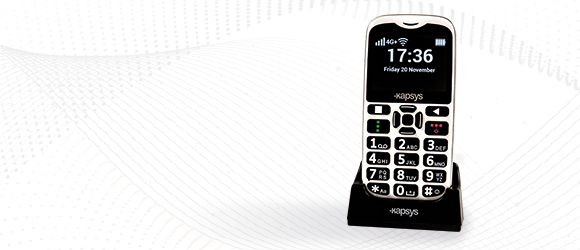Screen Readers for the Blind: Essential Tools for Digital Access
Screen Readers for the Blind: Essential Tools for Digital Access
Blog Article
Discover Cutting-edge Tools Designed for the Aesthetically Impaired
The growth of innovative tools for the aesthetically damaged represents a substantial innovation in availability and freedom. Technologies such as wise glasses with AI abilities and mobile applications made to give auditory descriptions are improving daily experiences for users. In addition, wearable devices that employ haptic responses boost environmental understanding, while modern Braille advancements supply brand-new methods to involve with text. As these tools remain to progress, their effect on the lives of those with aesthetic problems elevates important questions about the future of inclusivity and freedom in various elements of life. What lies in advance in this technical landscape?
Smart Glasses for Navigating

Smart glasses developed for navigation are reinventing the way aesthetically damaged individuals connect with their environment. These innovative gadgets make use of a combination of cam technology, artificial knowledge, and auditory responses to give real-time details regarding surroundings. By utilizing barrier detection systems, smart glasses can alert customers to prospective threats, allowing more secure movement in both acquainted and strange settings.
The assimilation of GPS modern technology better improves navigation abilities, allowing customers to obtain acoustic instructions as they move. This hands-free technique not only fosters freedom however likewise empowers aesthetically damaged people to browse city landscapes with increased confidence. Additionally, several clever glasses are equipped with functions that identify landmarks and street signs, providing contextual info that improves the user experience.
Additionally, the development of these gadgets is consistently advancing, with business functioning to enhance the accuracy of object acknowledgment and expand the range of navigational features. As smart glasses end up being extra easily accessible and economical, they hold the potential to significantly transform everyday life for aesthetically impaired customers. Eventually, these ingenious devices stand for an essential step towards inclusivity, offering boosted flexibility and a better sense of freedom for individuals browsing the globe around them.

Mobile Apps for Daily Living
Exactly how can mobile applications boost the every day lives of aesthetically damaged people? Mobile apps are transforming the method visually impaired users navigate their settings, manage everyday tasks, and accessibility information. These applications provide essential assistance via different capabilities, promoting self-reliance and improving high quality of life.
Numerous cutting-edge mobile applications are developed especially for day-to-day living. As an example, apps like Be My Eyes connect visually damaged users with sighted volunteers via video telephone calls, enabling them to receive real-time assistance with tasks such as reading labels or navigating strange spaces. Seeing AI, established by Microsoft, makes use of man-made intelligence to define surroundings, reviewed text, and identify objects, efficiently transforming a mobile phone right into a powerful device for everyday support.
Furthermore, navigating applications customized for the visually damaged, such as Aira and BlindSquare, offer audio-based instructions and ecological details, making it possible for users to traverse their surroundings safely and confidently. Beyond navigation and immediate aid, mobile apps additionally support organization and job management, with attributes that help individuals set suggestions, create to-do lists, and track consultations. In summary, mobile applications act as indispensable sources, equipping visually damaged people to lead more independent and satisfying lives.
Wearable Technologies for Assistance
Empowerment via modern technology is increasingly noticeable in the world of wearable gadgets developed to assist aesthetically impaired people. These cutting-edge devices incorporate effortlessly right into day-to-day live, improving navigation and offering vital responses to individuals. As an example, smart glasses geared up with cameras can recognize faces and check out text out loud, allowing customers to connect even more confidently in social and specialist setups.
Another noteworthy innovation is the use of haptic comments systems in wearable devices. These systems make use of resonances or various other responsive signals to share information concerning the customer's setting, such as obstacles or adjustments in surface, enhancing flexibility and security. Wearable innovations likewise consist of wristbands that link to smartphones, informing individuals to alerts via refined resonances, hence boosting connectivity without reliance on visual cues.
As these modern technologies proceed to advance, they are not just improving freedom for visually impaired individuals but also cultivating a better sense of incorporation in society. By connecting the space multifocus reading glasses in between difficulties faced in day-to-day living and the potential for autonomy, wearable technologies act as crucial tools in the quest for equality and empowerment for those with aesthetic impairments.
Sound Summary Devices
Audio summary tools play a crucial role in enhancing access for aesthetically impaired individuals, giving them with the capability to engage with visual media. Braille displays and notetakers. These devices provide narrated summaries of essential aesthetic aspects in films, tv shows, and live performances, ensuring that individuals can fully understand the context and feelings conveyed via visuals
Audio summary can be incorporated into numerous systems, consisting of streaming solutions, cinema screenings, and live movie theater. Several popular streaming solutions now consist of audio description as an accessibility feature, allowing visitors to pick it quickly. In addition to mainstream media, specialized apps additionally exist, providing audio descriptions for art exhibits, galleries, and various other social events.
The effectiveness of audio summary depends upon the skill of the narrators, who need to share visual details succinctly without diminishing the original audio. Innovations in this area are likewise leading the way for more individualized experiences, where individuals can adjust the degree of detail and pacing according to their choices.
Braille Innovations and Instruments
Braille innovations and gadgets have significantly changed the way aesthetically damaged individuals engage with text and info. Modern advancements have actually resulted in the growth of functional devices that improve literacy and freedom among customers. Significantly, Braille present innovations have actually developed, enabling dynamic analysis experiences. These tools convert electronic text right into Braille, enabling users to access a substantial range of information on tablets, computers, and mobile phones.
In addition, mobile Braille notetakers incorporate typical Braille input with modern-day capabilities, helping with note-taking, scheduling, and file editing on the go. Screen readers for the blind. These compact tools often feature text-to-speech capabilities, connecting the gap in between Braille and acoustic info
Furthermore, cutting-edge Braille printers have arised, permitting customers to produce Braille labels, records, and academic materials efficiently. This accessibility fosters better involvement in expert and educational atmospheres, eventually promoting inclusivity.
Moreover, research right into wise Braille technologies remains to expand. orthokeratology lenses Tools that integrate synthetic knowledge are being checked out to offer real-time navigating assistance and contextual Go Here information, boosting the user experience in varied setups. Overall, these developments reflect a dedication to equipping aesthetically impaired people through innovation, guaranteeing they can quickly access and engage with the globe around them.

Verdict
The advancement of cutting-edge tools for the aesthetically damaged considerably enhances self-reliance and high quality of life. These technologies not just foster higher inclusion yet likewise advertise autonomy in daily activities, inevitably contributing to a more fair and available culture for visually impaired people.
As smart glasses end up being more economical and accessible, they hold the possible to significantly change daily life for aesthetically damaged individuals. Mobile applications are changing the method aesthetically impaired customers navigate their atmospheres, take care of daily jobs, and access info. Applications like Be My Eyes connect aesthetically impaired users with sighted volunteers via video clip telephone calls, allowing them to get real-time aid with tasks such as reading labels or navigating unknown rooms.Additionally, navigation applications customized for the visually impaired, such as Aira and BlindSquare, provide audio-based instructions and ecological details, making it possible for users to traverse their surroundings safely and confidently.The improvement of ingenious tools for the visually impaired considerably improves freedom and top quality of life.
Report this page